Central America
Guatemala’s president to visit Taiwan and Japan to boost bilateral cooperation
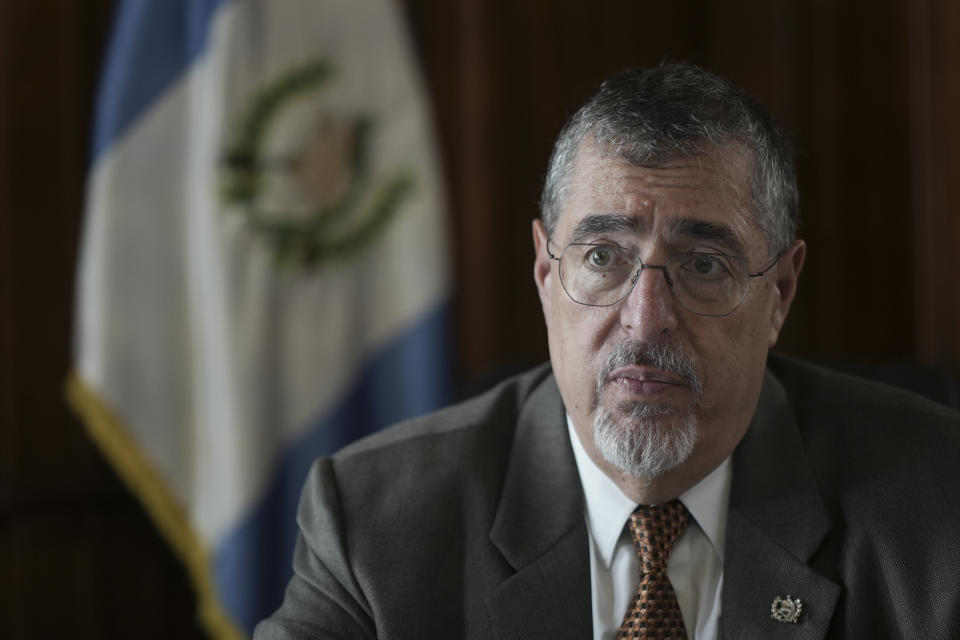
Guatemala’s President Bernardo Arévalo de León announced on Monday that he will travel to Taiwan and Japan in early June to strengthen bilateral relations and cooperation.
The Guatemalan leader did not specify the exact dates of his departure but said in a press conference that the purpose of these official visits is “to advance the friendship and cooperation we have with each of these great nations.”
Arévalo de León explained that in Taiwan, he will meet with President Lai Ching-te, accompanied by Guatemala’s Foreign Minister Carlos Martínez Alvarado and Economy Minister Gabriela García Pacheco.
The president added that during his visit to Taiwan, he hopes to discuss topics related to “cooperation for Guatemala’s technological development” and “attracting significant investment from high-tech companies.”
Similarly, Arévalo de León plans to meet with Japan’s Prime Minister Shigeru Ishiba during his trip, marking the 90th anniversary of diplomatic relations between the two countries.
The visit to Japan will also allow him to attend the Osaka World Expo, where “more than 150 countries participate,” and Guatemala will be honored with a day dedicated to the country he represents.
Likewise, Arévalo de León mentioned that Japan will be another opportunity to seek progress in cooperation for technological investment, similar to Taiwan.
According to the Presidency’s Social Communication Secretariat, First Lady Lucrecia Peinado will also be part of the Guatemalan delegation traveling to Taiwan and Japan.
Central America
Honduras Extends Voting by One Hour Amid High Turnout, CNE Announces
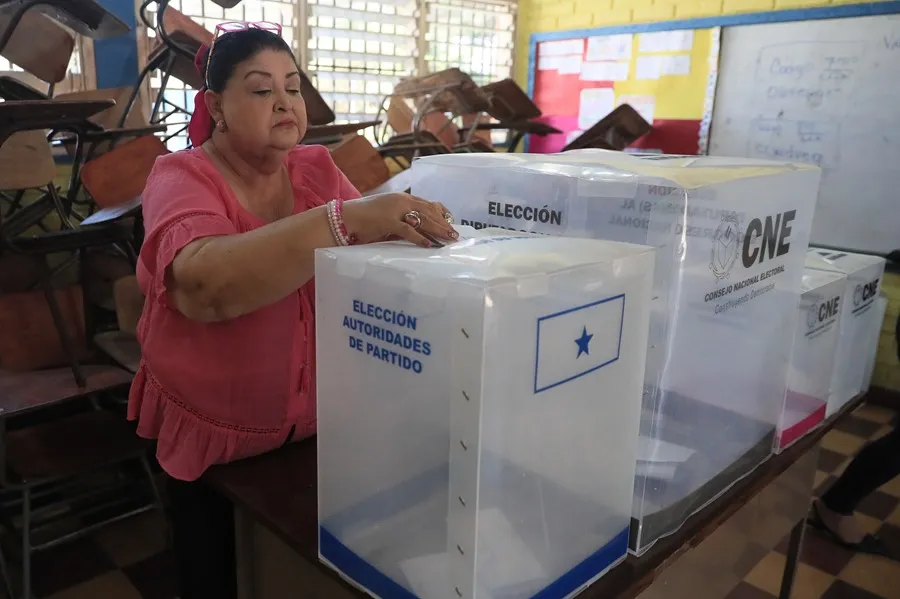
The National Electoral Council (CNE) announced that polling stations will remain open an extra hour due to the high voter turnout in Honduras’ general elections this Sunday.
These elections—the twelfth since the country returned to constitutional order in 1980 after nearly two decades of military governments—will now run until 6:00 p.m. local time (00:00 GMT), the CNE said in a statement.
The extension may only be applied for the additional hour established in the Electoral Law, and polling stations may close only after the last voter already in line at closing time has cast their ballot, ensuring that all those waiting are able to participate, the CNE added.
More than six million of Honduras’ ten million inhabitants were called to the polls to elect the successor to leftist President Xiomara Castro, as well as 298 municipal mayors, 128 members of the national Congress, and 20 representatives to the Central American Parliament.
The presidential race features Rixi Moncada, candidate of the ruling Liberty and Refoundation Party (Libre); Nasry Asfura of the National Party, the main opposition force—publicly endorsed by U.S. President Donald Trump—and Salvador Nasralla of the Liberal Party, also running from the opposition.
Before the extension was announced, the CNE had indicated it would release its first preliminary report around 9:00 p.m. local time (03:00 GMT) and a second one at 11:00 p.m. (05:00 GMT). Final results must be published within 30 days following the election.
Central America
Honduras’ China–Taiwan Future Hinges on Sunday’s Presidential Election
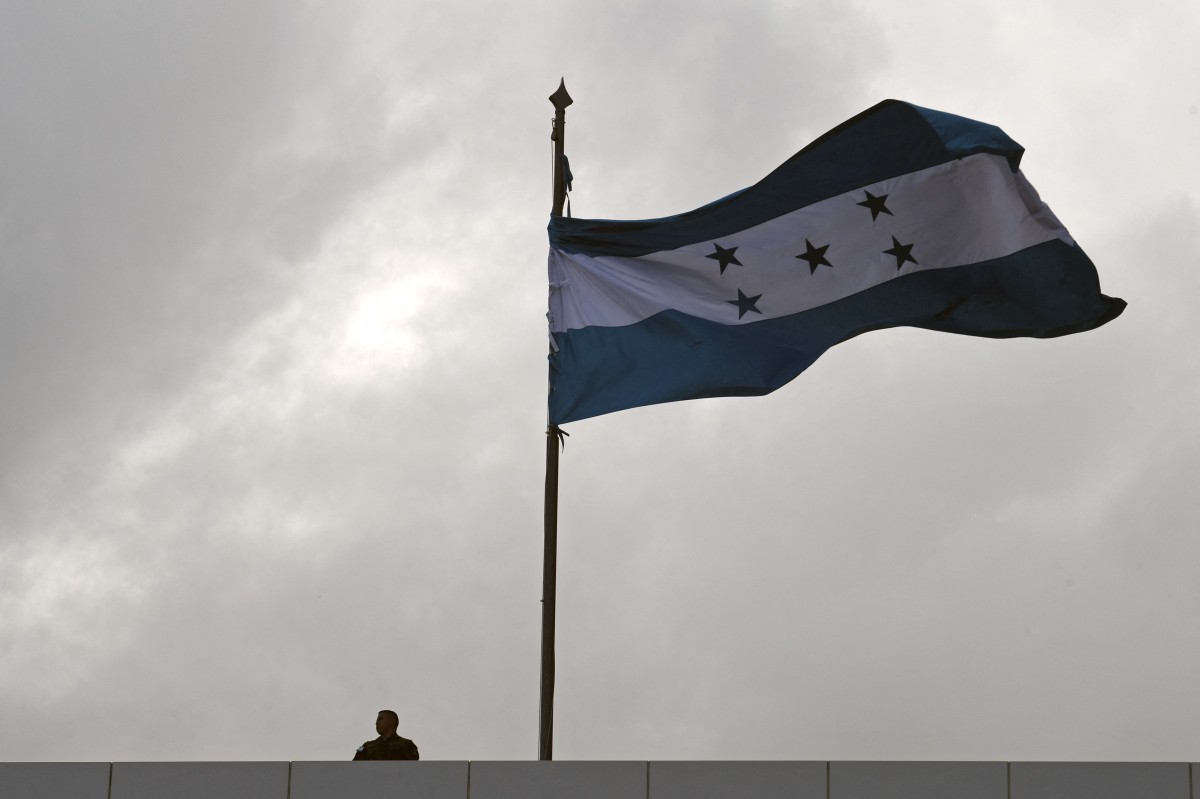
The future of Honduras’ diplomatic relations with China—or a possible reestablishment of ties with Taiwan—will hinge on the results of the presidential election taking place this Sunday, November 30. The ruling left-wing party is seeking to remain in power, while conservative parties aim to return to government.
If the ruling party’s candidate, Rixi Moncada of the Liberty and Refoundation (Libre) Party, secures victory, Honduras is expected to deepen its relationship with China. The country established formal diplomatic ties with Beijing in March 2023, cutting relations with Taiwan entirely under President Xiomara Castro.
However, the bilateral trade relationship with China has not yielded the expected benefits. Economic Development Minister Fredis Cerrato acknowledged that negotiating with Beijing has proven challenging. “We are proceeding with caution,” he said, referring to ongoing efforts to secure better conditions for Honduran exporters and business owners, who are demanding greater speed in technical agreements.
With Castro’s term ending in just two months, the long-anticipated free trade agreement with China has yet to be finalized. Despite this, Chinese companies have already secured multimillion-dollar contracts in infrastructure projects across the country, particularly in the energy sector.
Central America
Trump Pardons Former Honduran President Hernández and Warns of Aid Cuts Ahead of Election
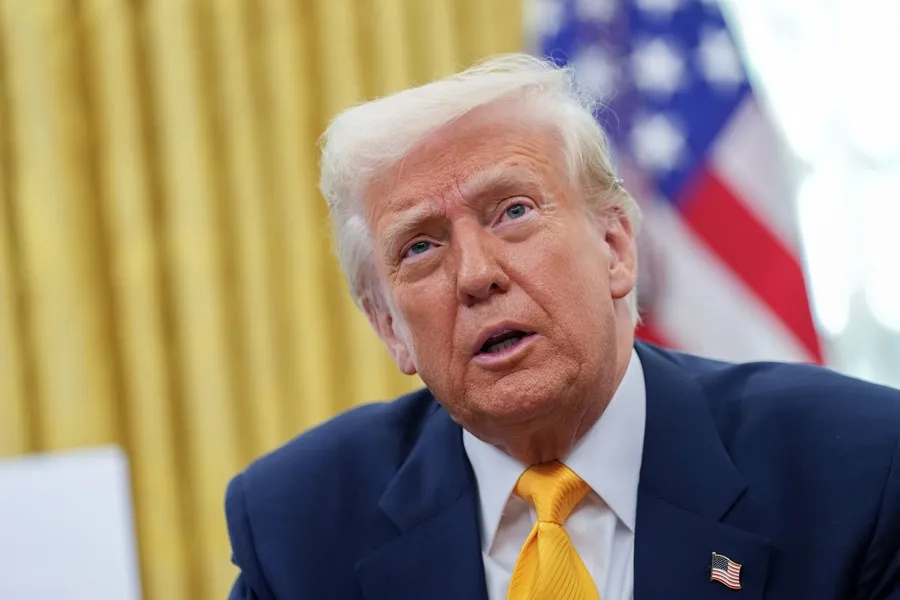
On Friday, President Donald Trump granted a pardon to former Honduran President Juan Orlando Hernández — who was convicted on drug trafficking charges — and threatened to cut U.S. aid to the Central American nation if his preferred candidate loses Sunday’s presidential election.
Trump announced the pardon for Hernández, who is currently serving a 45-year prison sentence in the United States, through a post on social media.
In the same message, the former U.S. president voiced his support for Nasry Asfura, the candidate representing Hernández’s right-wing party in the Honduran elections.
“If he doesn’t win, the United States will not waste any more money, because the wrong leader can only bring catastrophic results to a country, no matter which one it is,” Trump wrote on his platform Truth Social.
Asfura, a 67-year-old construction magnate and former mayor of Honduras’s capital, is competing in a tight race against attorney Rixi Moncada of the ruling leftist Libre party and television host Salvador Nasralla of the right-leaning Liberal Party.
-
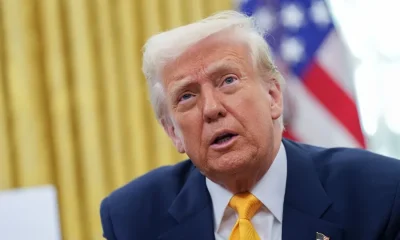
 Central America3 days ago
Central America3 days agoTrump Pardons Former Honduran President Hernández and Warns of Aid Cuts Ahead of Election
-
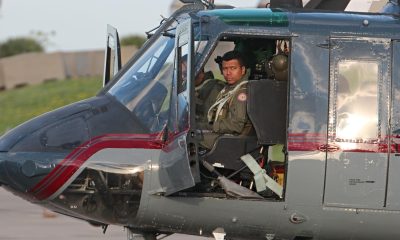
 Central America5 days ago
Central America5 days agoPanama reinforces security with new helicopters and Super Tucano Aircraft purchases
-
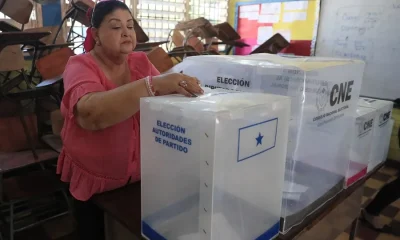
 Central America1 day ago
Central America1 day agoHonduras Extends Voting by One Hour Amid High Turnout, CNE Announces
-
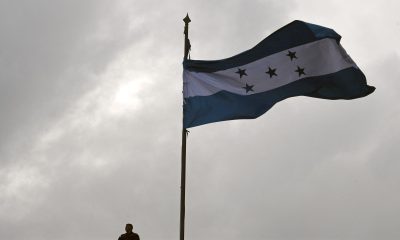
 Central America2 days ago
Central America2 days agoHonduras’ China–Taiwan Future Hinges on Sunday’s Presidential Election
-
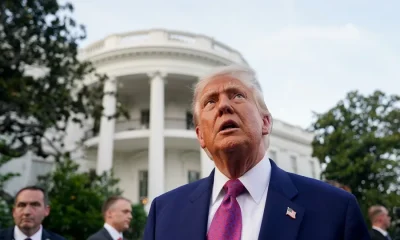
 Central America5 days ago
Central America5 days agoTrump urges hondurans to back conservative candidate Nasry Asfura in november elections
-
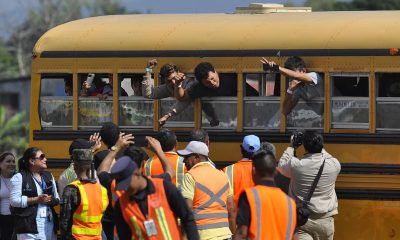
 International5 days ago
International5 days agoArchbishop Wenski criticizes Trump’s deportation policies, calls for stronger push for reform
-
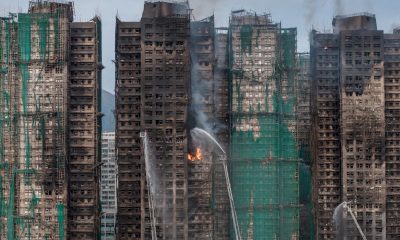
 International11 hours ago
International11 hours agoHong Kong police arrest 13 over deadly high-rise fire that killed 151
-

 Central America5 days ago
Central America5 days agoWashington calls for oversight as Honduras faces allegations of electoral interference
-

 International3 days ago
International3 days agoMeta Says Russia Seeks to Ban WhatsApp for Defending Secure Communication
-

 International11 hours ago
International11 hours agoChile enters runoff campaign with Kast leading and Jara seeking a last-minute comeback
-

 International11 hours ago
International11 hours agoTrump says asylum decision freeze will remain in place “for a long time”
-
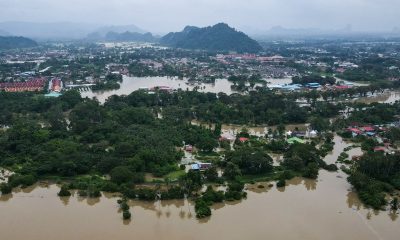
 International11 hours ago
International11 hours agoSri Lanka and Indonesia deploy military as deadly asian floods kill over 1,000






























